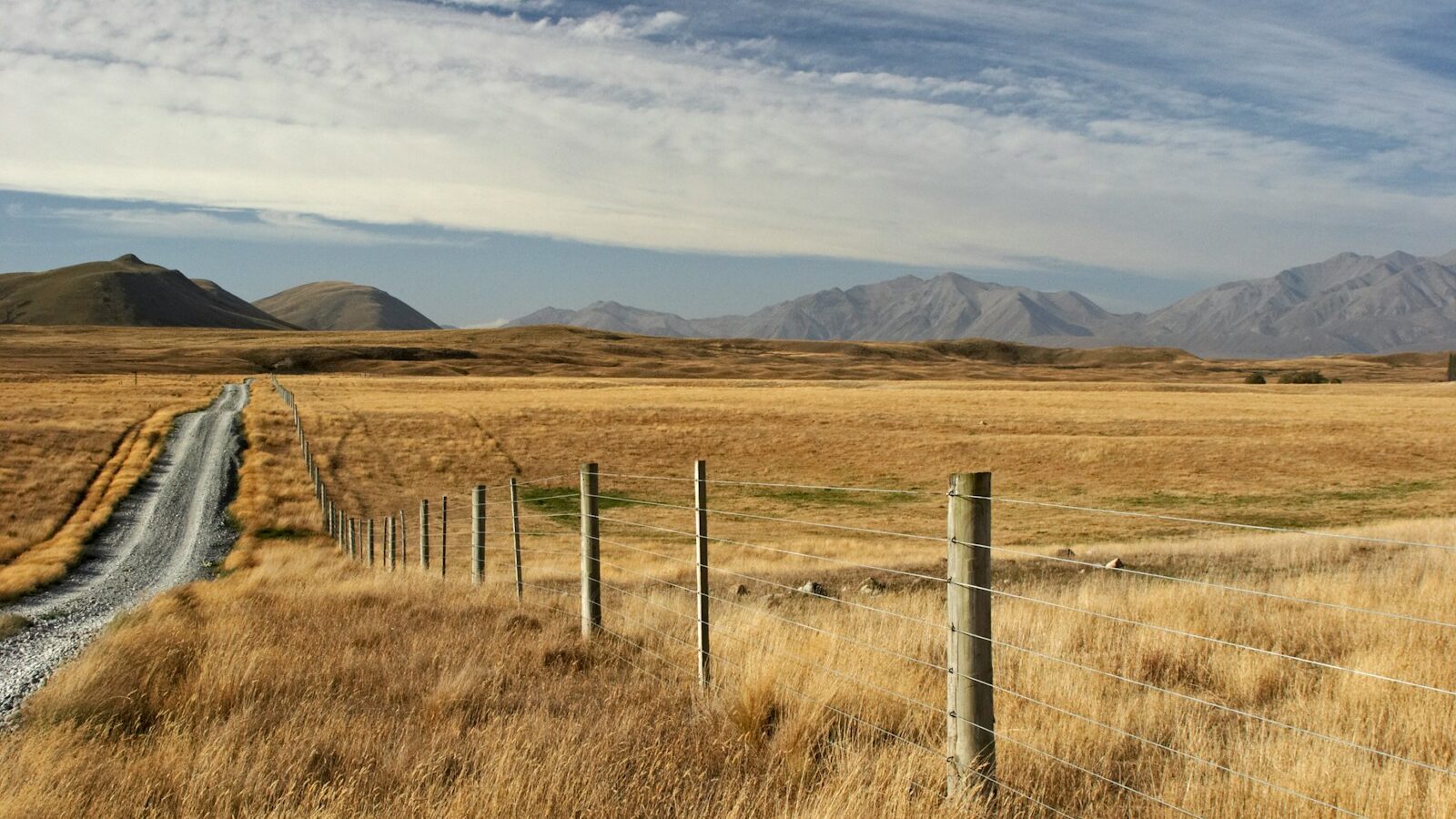This week sees global leaders meet for the 2022 United Nations Climate Change Conference (COP27) and naturally brings the focus back to how we can make all elements of business more sustainable. If every job is now digital, they will all soon be green too. PwC is on record saying it aims to have 100,000 sustainability/CSR consultants by 2026, for example.
Ramping up the sustainability agenda
So significant is the green challenge that if you have no – or struggle to answer the question: ‘What is your company doing for the environment?’ – you will struggle to recruit. Salesforce data showed that 82% of global workers want to take action on the climate crisis, with 60% eager to incorporate sustainability into their current role.
Recruitment and employee engagement aren’t going to be your only green agenda items going forward
Younger workers in particular have higher ‘eco-anxiety’ than those who joined the workforce before them and are highly sensitive to an organisation’s green policies. In the same survey, 65% of respondents said that they were more likely to work for a company with strong environmental policies. That figure could be more like 100% in 2025 when Gen Z will be nearly 30% of the workforce. Ignoring this aspect of the workplace of the future will be as short-sighted as not paying attention to digital 10 years ago.
Winning employee support and harnessing energy
So, how should L&D respond? If employees think the company is moving too slowly or in the wrong direction on the issues they care about, like sustainability, they’re likely to share that on social media and tell their networks not to work for you. Firms can avoid that by turning this environmental passion into a positive one by engaging in ongoing green dialogue with employees who are committed to addressing the climate change issue.
But recruitment and employee engagement aren’t going to be your only green agenda items going forward. Be clear that this isn’t just about hiring sustainability professionals: it’s about building sustainability into people’s everyday work – embedding the right mindset and practices into purchasing, IT, finance, etc.
Think of every job role now as having a green aspect. No matter what the job title, you will need to train your entire workforce on decarbonising and finding practical ways to be greener. Everyone – from marketing to ops, R&D and supply chain, from sales to purchasing – will need to be educated and empowered to contribute.
Expect to engage with feedback exercises like: ‘If we want to replace plastic, how quickly can we do it? What’s the supply like in terms of alternative packaging? How much does it cost? Where does it come from? Is there a carbon miles issue there?’ and so on.
The Net Zero transition and the risk it might bring is a huge topic that will also need a lot of thinking, debate and training.
If you haven’t considered major sustainability-focused training, now is the time to think about it
Physician, heal thyself
That’s a huge L&D mission, but it’s also one that starts with you. L&D departments have a carbon footprint, and you need to start by determining what that is and how to reduce it.
Once you have determined the department’s carbon footprint, you can prioritise the more important reductions. This will probably be around learners’ travel to training venues, even what kind of food you serve during training, and how the venue is cooled or heated.
Also, review any training processes that are still using paper. And look at your internal department footprint: how staff travel to work, what people eat when at work, and how your office is cooled or heated. What could we do better? You should also end any training processes that are still using paper.
Alongside your carbon footprint (what you emit or contribute to the environment) there is your carbon ‘shadow’ — the message you convey in your training about emission reduction. For training not related to sustainability, one approach is to display eco-conscious messages during the intro or coffee breaks. And regardless of the topic of the training, if you offer incentives for learners to complete training, consider environmentally-friendly options – planting a tree, rather than getting an Amazon gift card, for example.
The wider ESG benefits
If you haven’t considered major sustainability-focused training, now is the time to think about it. A great first step is aligning training with company strategy. French-based multinational Saint-Gobain, whose ambition is to be the leader in sustainable construction, has a company-wide plan along just these lines it calls ‘Grow & Impact.’
According to its environmental director, Elodie Fenayon Martin: “We’re using ‘Grow & Impact’ to help us reflect on how our products and solutions can provide environmental benefits to our customers, and how we can take action, even within each factory, to reduce our impact.”
In practical terms, that means daily — and led by L&D — the firm’s now actively working to try and ensure that every employee understands those issues. For example, Saint-Gobain invested in green training to encourage tree planting. “We told the team we would plant a thousand trees for every thousand employees who completed at least one module of the new training in a week,” says Fenayon Martin.
To help shape the reorientation your organisation is going to need, L&D needs to wake up and smell the coffee
To engage with colleagues, she and her team used the group’s in-house newsletter to publicise the challenge, which gave her a chance to explain the project in detail and what the wider ESG benefits would be.
The good news is that so far more than 20,000 sustainability training modules have been completed within Saint-Gobain, and 10% of the group’s managers have taken part in the training. That’s a lot of trees that wouldn’t have been planted otherwise — and a lot of green engagement and knowledge sharing, too.
This example among many others shows that if the past ten years in L&D was about jobs becoming more digital, addressing the climate crisis is the unexpected central task of L&D for the next ten. So to be on board and to help shape the reorientation your organisation is going to need, L&D needs to wake up and smell the coffee.
Interested in this topic? Read What role does L&D play in the climate emergency?
This week sees global leaders meet for the 2022 United Nations Climate Change Conference (COP27) and naturally brings the focus back to how we can make all elements of business more sustainable. If every job is now digital, they will all soon be green too. PwC is on record saying it aims to have 100,000 sustainability/CSR consultants by 2026, for example.
Ramping up the sustainability agenda
So significant is the green challenge that if you have no – or struggle to answer the question: ‘What is your company doing for the environment?’ – you will struggle to recruit. Salesforce data showed that 82% of global workers want to take action on the climate crisis, with 60% eager to incorporate sustainability into their current role.
Recruitment and employee engagement aren’t going to be your only green agenda items going forward
Younger workers in particular have higher ‘eco-anxiety’ than those who joined the workforce before them and are highly sensitive to an organisation’s green policies. In the same survey, 65% of respondents said that they were more likely to work for a company with strong environmental policies. That figure could be more like 100% in 2025 when Gen Z will be nearly 30% of the workforce. Ignoring this aspect of the workplace of the future will be as short-sighted as not paying attention to digital 10 years ago.
Winning employee support and harnessing energy
So, how should L&D respond? If employees think the company is moving too slowly or in the wrong direction on the issues they care about, like sustainability, they’re likely to share that on social media and tell their networks not to work for you. Firms can avoid that by turning this environmental passion into a positive one by engaging in ongoing green dialogue with employees who are committed to addressing the climate change issue.
But recruitment and employee engagement aren’t going to be your only green agenda items going forward. Be clear that this isn’t just about hiring sustainability professionals: it’s about building sustainability into people’s everyday work – embedding the right mindset and practices into purchasing, IT, finance, etc.
Think of every job role now as having a green aspect. No matter what the job title, you will need to train your entire workforce on decarbonising and finding practical ways to be greener. Everyone – from marketing to ops, R&D and supply chain, from sales to purchasing – will need to be educated and empowered to contribute.
Expect to engage with feedback exercises like: ‘If we want to replace plastic, how quickly can we do it? What's the supply like in terms of alternative packaging? How much does it cost? Where does it come from? Is there a carbon miles issue there?’ and so on.
The Net Zero transition and the risk it might bring is a huge topic that will also need a lot of thinking, debate and training.
If you haven’t considered major sustainability-focused training, now is the time to think about it
Physician, heal thyself
That’s a huge L&D mission, but it’s also one that starts with you. L&D departments have a carbon footprint, and you need to start by determining what that is and how to reduce it.
Once you have determined the department's carbon footprint, you can prioritise the more important reductions. This will probably be around learners’ travel to training venues, even what kind of food you serve during training, and how the venue is cooled or heated.
Also, review any training processes that are still using paper. And look at your internal department footprint: how staff travel to work, what people eat when at work, and how your office is cooled or heated. What could we do better? You should also end any training processes that are still using paper.
Alongside your carbon footprint (what you emit or contribute to the environment) there is your carbon ‘shadow’ — the message you convey in your training about emission reduction. For training not related to sustainability, one approach is to display eco-conscious messages during the intro or coffee breaks. And regardless of the topic of the training, if you offer incentives for learners to complete training, consider environmentally-friendly options – planting a tree, rather than getting an Amazon gift card, for example.
The wider ESG benefits
If you haven’t considered major sustainability-focused training, now is the time to think about it. A great first step is aligning training with company strategy. French-based multinational Saint-Gobain, whose ambition is to be the leader in sustainable construction, has a company-wide plan along just these lines it calls ‘Grow & Impact.’
According to its environmental director, Elodie Fenayon Martin: “We’re using ‘Grow & Impact’ to help us reflect on how our products and solutions can provide environmental benefits to our customers, and how we can take action, even within each factory, to reduce our impact.”
In practical terms, that means daily — and led by L&D — the firm’s now actively working to try and ensure that every employee understands those issues. For example, Saint-Gobain invested in green training to encourage tree planting. “We told the team we would plant a thousand trees for every thousand employees who completed at least one module of the new training in a week,” says Fenayon Martin.
To help shape the reorientation your organisation is going to need, L&D needs to wake up and smell the coffee
To engage with colleagues, she and her team used the group’s in-house newsletter to publicise the challenge, which gave her a chance to explain the project in detail and what the wider ESG benefits would be.
The good news is that so far more than 20,000 sustainability training modules have been completed within Saint-Gobain, and 10% of the group’s managers have taken part in the training. That’s a lot of trees that wouldn’t have been planted otherwise — and a lot of green engagement and knowledge sharing, too.
This example among many others shows that if the past ten years in L&D was about jobs becoming more digital, addressing the climate crisis is the unexpected central task of L&D for the next ten. So to be on board and to help shape the reorientation your organisation is going to need, L&D needs to wake up and smell the coffee.
Interested in this topic? Read What role does L&D play in the climate emergency?








